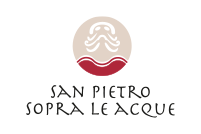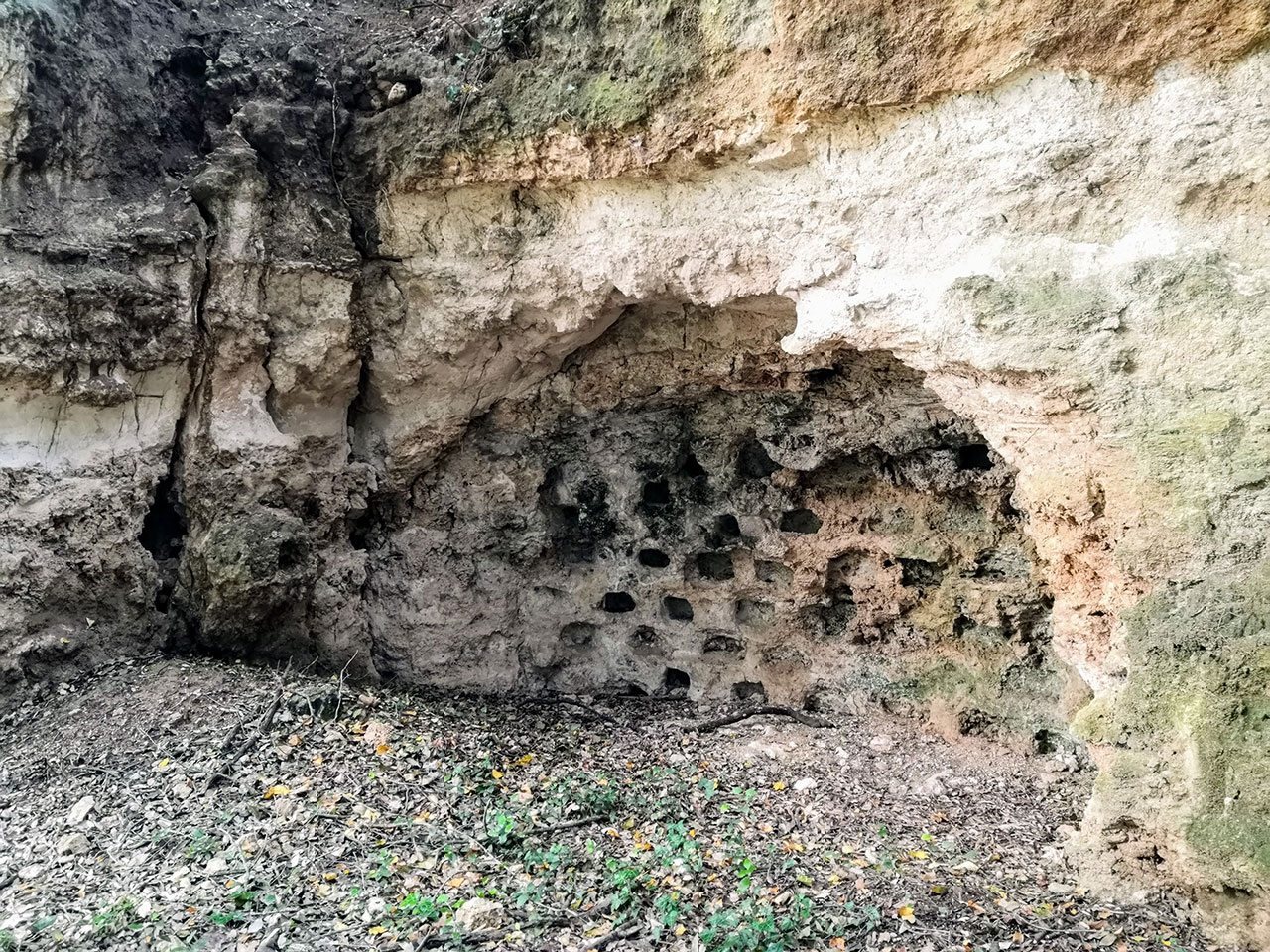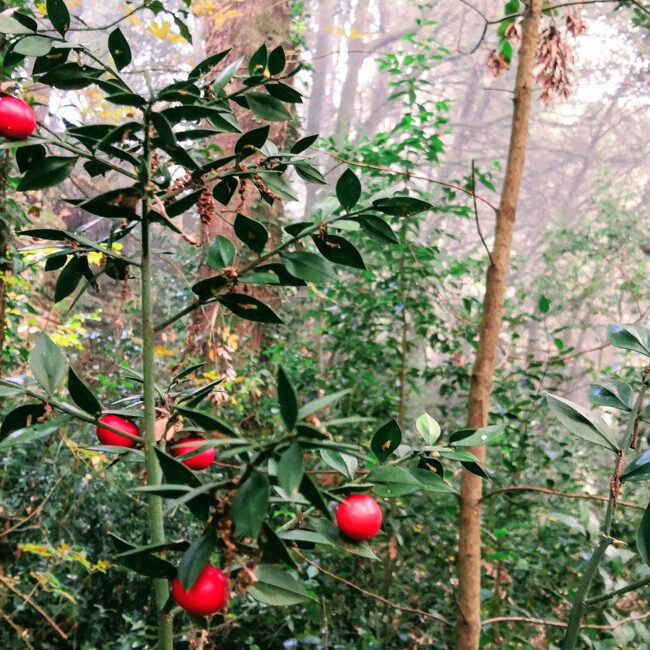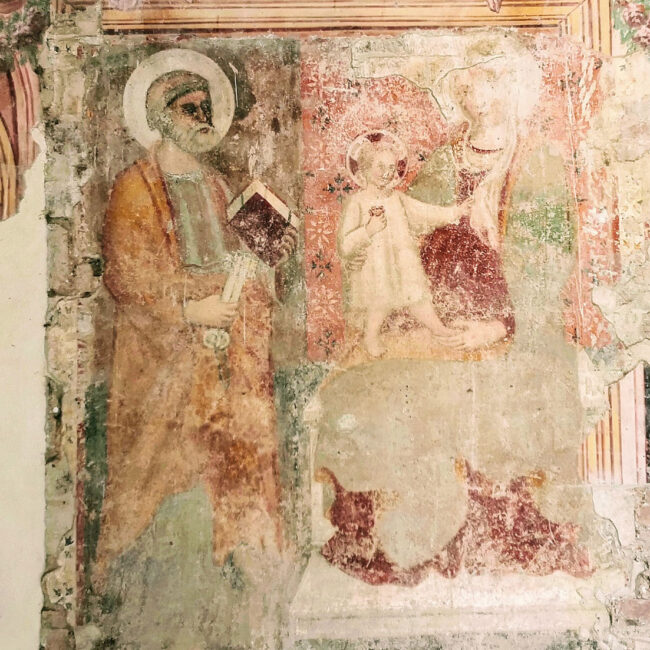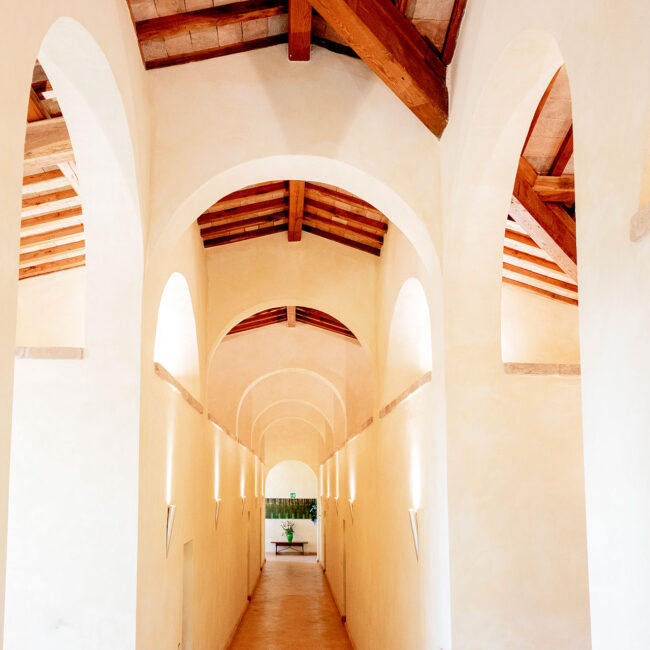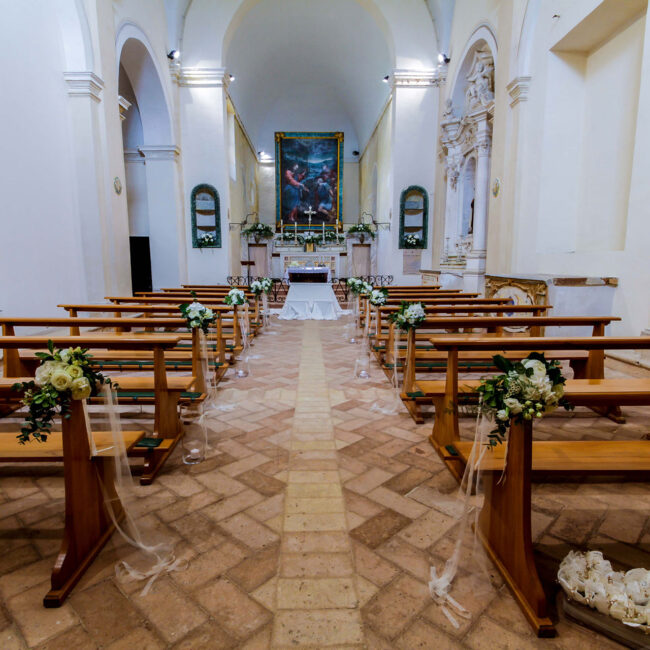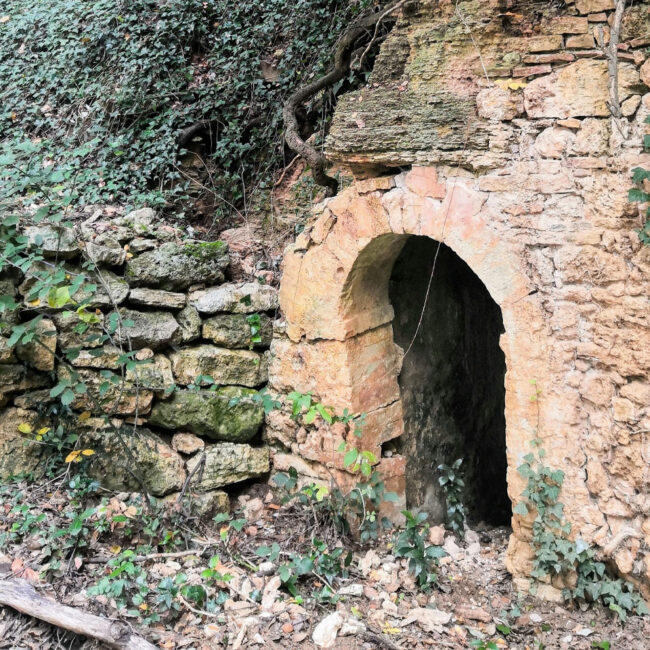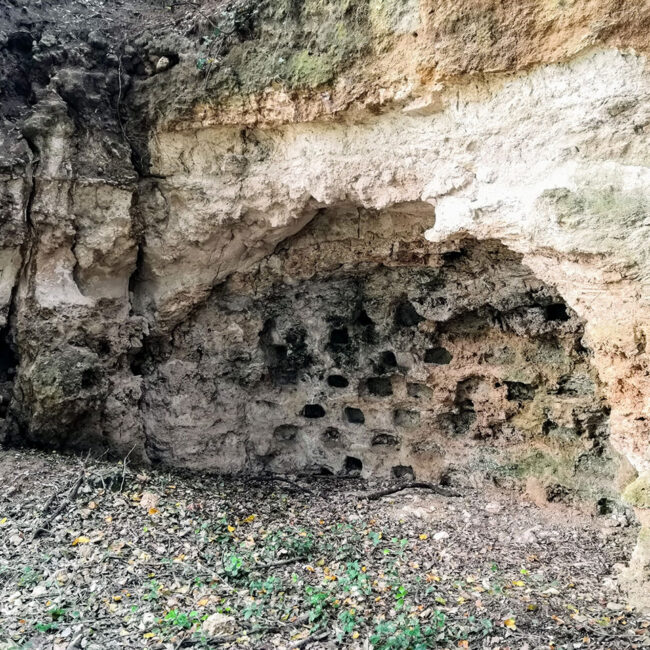The caves in the woods
Actually, there are some archaeological records which may help. It deals with cavities dug in the natural tuff bastion delimiting the compound of St. Peter to the north.
The first, in the west, was simply called “the cellar of friars” – actually, in the profile of the entrance with a round arch – and by carving inside, it shows affinities with the Etruscan tombs in Viterbo.
The second is undoubtedly an Etruscan columbarium provided with recesses for depositing the ashes of the deceased. It is half filled with buildup of soil due to natural events – landslides, perhaps – and is very similar to others found in the Massa area, in Busseto and Castel Rinaldi.
The third cave in the east has an entrance and a vault suggesting to be a mithraeum, proved also by some traces of a wall sculpture where one could recognize the cosmic cloak of the god Mithras (the entrance in the shape of “L” and the dome-shaped ceiling had to give the impression of being in the center of the earth, in contact with the forces of nature).
During the Roman age, the mithraeums were places devoted to worship the god Mithras and imported into Italy after the expansion of the Roman Empire in Middle Eastern Countries. It was a Syrian cult, very similar to Christianity – Mithras was born on December 25th.
These three cavities have not been investigated by archaeologists, but only by the writer who is deeply convinced of their identity.
The portico
The portico, probably the seat of the previous medieval church The fresco in the lunette above the entrance door to the convent was also made by Polinori and depicts St. Francis re
The convent
The convent is deployed around a cloister with a central cistern, now enclosed by ancient arches. The entrance to the corridor is decorated with frescoes illustrating the life and
The church in late Mannerism style in stile
The church – built between 1614 and 1624 – presents a late Roman Mannerism style with a single nave, altars on the right side and a chapel embellished with original stucco deco
The Roman necropolis and the ever-sacred vocation of the place
The sacredness hovering around this place is still evident. Its features – typically halfway up the hill – make us think of earlier Etruscan and later Roman temples. During the
The caves in the woods
Actually, there are some archaeological records which may help. It deals with cavities dug in the natural tuff bastion delimiting the compound of St. Peter to the north. The first,
